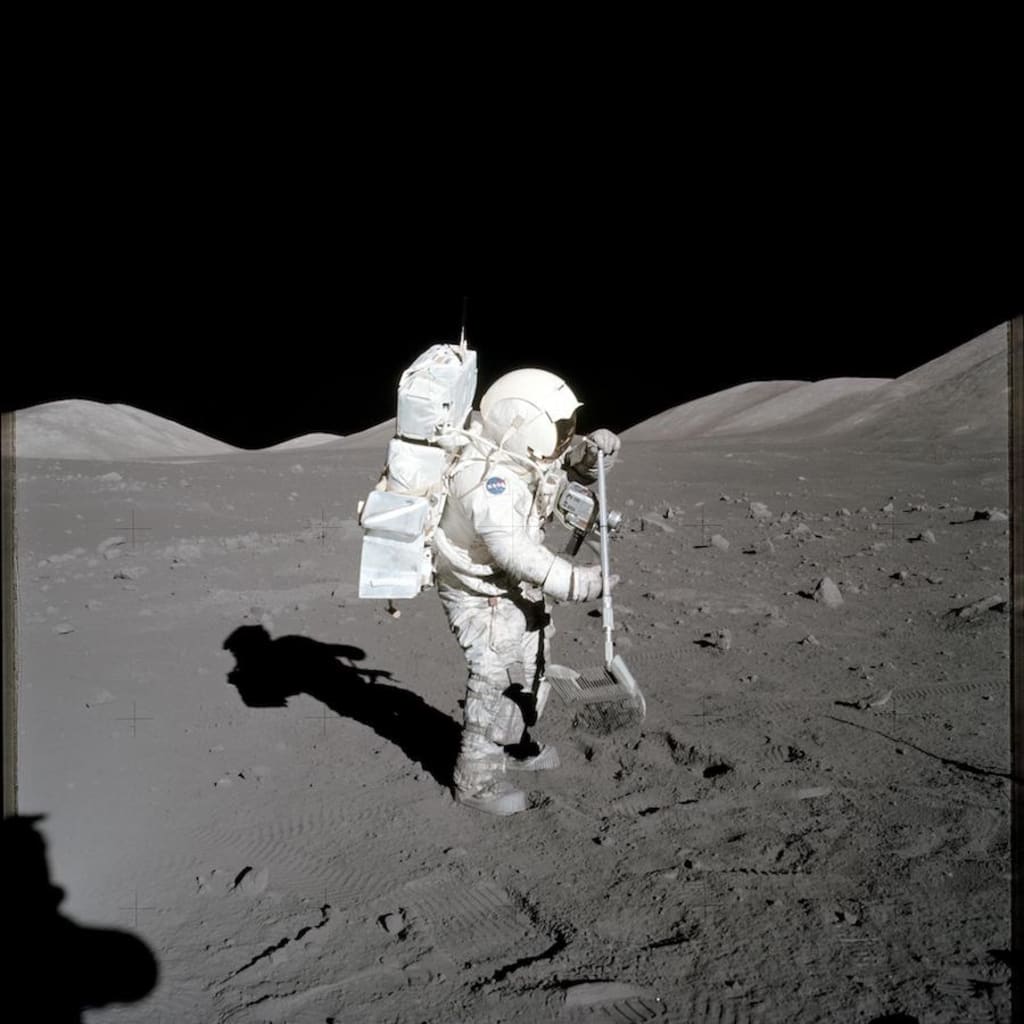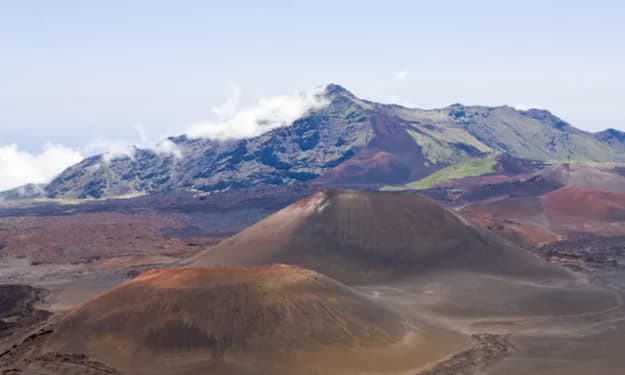This is why moon dust is such a problem for NASA
Government agencies like NASA are joining private companies to return to our trusty satellite and potentially usher in a new lunar economy

In a similar manner to a car battery, this is a simulation of a Lunar Lander arriving at the moon. Although the simulation is crude, it accurately depicts the lunar regolith simulant, also known as fake moon soil, which was created by a laboratory within a small but growing cottage industry. This soil is unpredictable, dangerous, and potentially catastrophic, making it a challenge for experts to work with. Samples of simulated lunar regolith, which experts refer to as lunar soil, dirt, or dust, were obtained by ordering them online. The availability of these samples is fascinating, as the first samples taken during the Apollo program confirmed that lunar regolith is a strange and hazardous substance due to the lack of atmosphere on the moon. Meteorites have pounded the bedrock into a mix of sharp jagged particles and dust, which remains jagged and dusty forever without wind or rain to weather it down. Meteorites also melt the soil on impact, creating little shards of glassy material called Agglutinate. The soil is constantly being backed by solar wind, causing chemical changes in the minerals themselves. To prepare for working on the moon, NASA created fake lunar soil on Earth to better understand how their hardware would perform. Over the years, NASA has made and tested many simulants and has recently enlisted private businesses to help with large-scale production. Exolith Lab is one of NASA's primary suppliers of lunar simulants, and they have developed a process for making the soil from scratch. The process involves sourcing raw materials from mines and other suppliers, crushing and sieving the materials, and mixing them together in the proper ratio. The resulting moon dirt is used for various experiments, such as digging into it, navigating rovers through it, growing plants in it, and extracting oxygen from it. Although no single stimulant is a perfect stand-in for all experiments, different stimulants can get pretty close on individual features, allowing researchers to order the right stimulants for the right test. The use of lunar simulants is crucial for understanding how to spend more time on the moon and overcoming challenges such as the dusty, jagged regolith that can jeopardize long-term plans.
When attempting to land a rocket on the moon, the rocket exhaust is expelled at a velocity of thousands of meters per second. Phil Medsker and his colleagues have dedicated over two decades to studying the aftermath of this event, which results in the creation of a large plume of high-speed regolith, similar to what would occur on Earth if a rocket were to land without a launchpad. However, due to the moon's low gravity and lack of atmosphere, the soil travels much farther, and there is no distance on the moon that is safe from the particles produced by the plume. This issue is particularly concerning as the lunar economy expands and the moon becomes more crowded. The damage caused by regolith plumes could result in significant financial losses, jeopardize future missions, and even lead to geopolitical conflicts. Violating the Outer Space Treaty by causing harm to another country's assets in space is also a concern, as is the possibility of countries claiming excessively large blast zones to gain de facto territory on the moon. Fortunately, there are several potential solutions to this problem, including standardizing landing zones and using the moon's hills and valleys as shields. NASA is also testing regolith-based construction materials and conducting more thoughtful experiments to address this issue. While there is still much work to be done, Phil notes that there has been a significant increase in recognition of this issue, which is a positive development. As humanity sets its sights on exploring beyond the moon, regolith will continue to play a crucial role. The availability of stimulant will lead to a virtuous cycle, with more missions and research being conducted both on Earth and in space. Ultimately, the goal is to perpetuate curiosity and exploration, and the study of regolith is a critical component of achieving this objective.






Comments
There are no comments for this story
Be the first to respond and start the conversation.